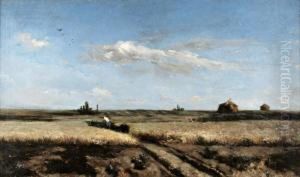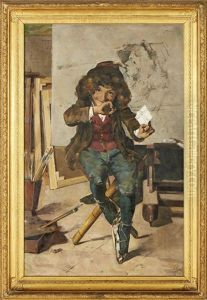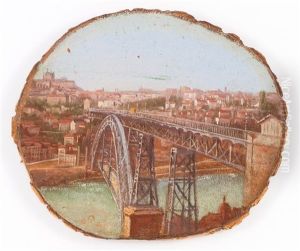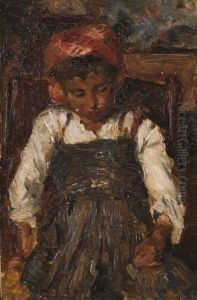Henrique Pousao Paintings
Henrique César de Araújo Pousão was a Portuguese painter, born in Vila Viçosa on January 1, 1859. He is often regarded as one of the most brilliant Portuguese painters of his time, despite his short life and career, due to the remarkable impact he made on Portuguese art. His style is characterized by a vigorous and expressive use of color and a unique blend of realism with the emerging impressionistic style, which was gaining prominence during the late 19th century.
Educated at the Fine Arts Academy of Porto (Escola Superior de Belas-Artes do Porto), Pousão demonstrated immense talent and dedication from a young age. His skills and potential were recognized early on, and he was awarded a scholarship to study in Rome. In Italy, he was exposed to the works of the Old Masters, as well as contemporary Italian painting, which greatly influenced his style and technique. His work is often associated with the naturalist and realist movements, but he also showed a keen interest in the light and color experiments of the Impressionists.
Pousão's oeuvre includes a variety of subjects, from landscapes and rural scenes to religious themes and portraits. His paintings often reflect a sensitivity to light, and he had a particular talent for capturing atmospheric effects and the characteristics of different times of day. His work is marked by a spontaneity and directness, which were quite advanced for his time in Portugal.
Tragically, Pousão's promising career was cut short by ill health. He suffered from tuberculosis, a disease that plagued him for many years and ultimately led to his premature death. Henrique Pousão died on March 28, 1884, in Vila Viçosa, at the age of 25. Despite his brief career, he left behind a body of work that continues to be celebrated for its originality and its contribution to the development of modern Portuguese painting. Today, his paintings can be found in various museums and collections, most notably in Portugal's national galleries.



